Fort Simcoe Timeline
Timeline of Mool-Mool, Fort Simcoe and its boarding school
Credits: This timeline was compiled by Carlos Pelley of the Yakima Valley Libraries, Anna King a correspondent with the Northwest News Network and Northwest Public Broadcasting and editor Joanna Markell and reporter Tammy Ayer with the Yakima Herald-Republic.
Photo credits: Jake Parrish, Emree Weaver, Evan Abell, Don Meyers and Amanda Ray/ Yakima Herald-Republic; Yakima Valley Museum; Yakima Valley Libraries Relander Collection
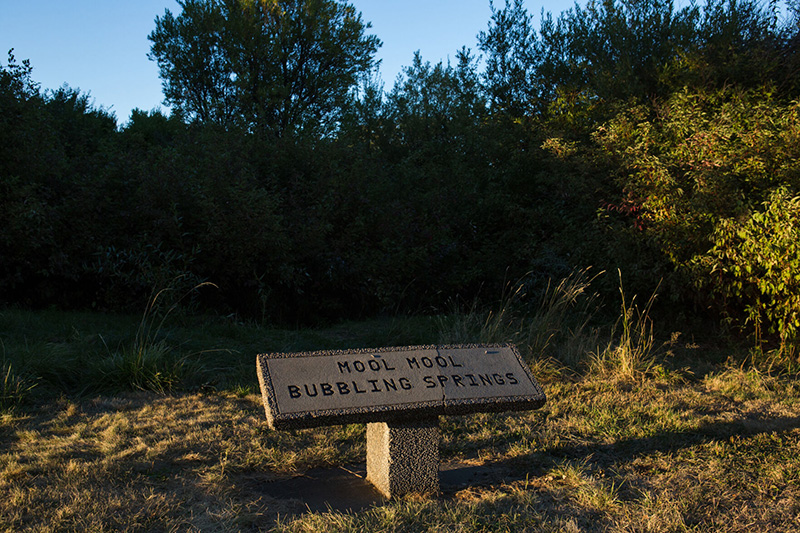
Mool-Mool springs Indigenous village and crossroads site existed at what is now Fort Simcoe Historical State Park, according to Jon Shellenberger archaeologist and member of the Confederated Tribes and Bands of the Yakama Nation.
Lewis & Clark visited the Columbia Basin, in present-day Pasco. According to HistoryLink.org, “Many tribes fished and wintered in the flats along the Columbia at the mouth of the Snake. The Lewis & Clark Expedition camped at the site in 1805 and 1806, and reported that Indians gathered there in great numbers.”
Fort Vancouver was established as an important Hudson's Bay Company fur trading post.
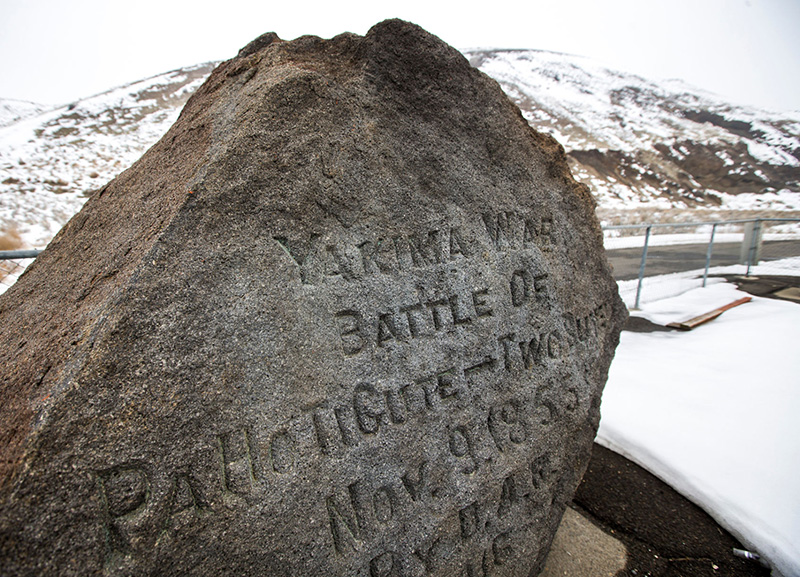
The Yakama War started when non-Native miners on Indigenous land raped and murdered a mother, her teenage daughter and her baby. Yakama warriors, including the family’s father, responded by killing the miners and–after he threatened reprisals for the killings–Agent Andrew J. Bolon.
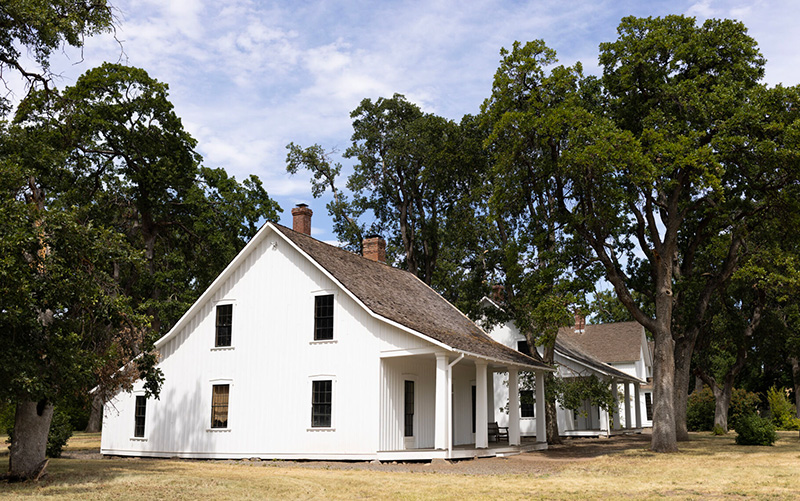
About 800 Yakama horses were slaughtered by the U.S. Army at what is known as Horse Slaughter Camp, in the Spokane area, to end any possibility of the Yakama forming a cavalry.
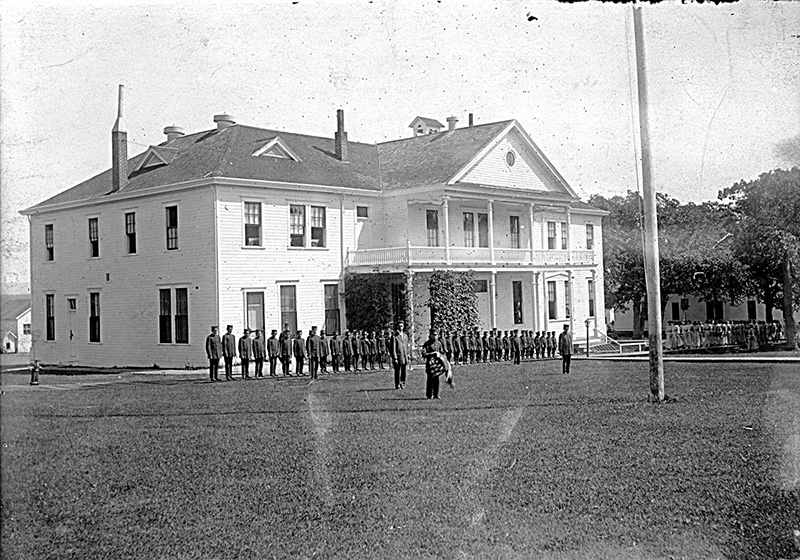
White settlement of the Yakima Valley began. The Thorp family settled near Ahtanum.
Yakama Chief Kamiakin died at his home in Rock Lake, Washington. He never lived on the Yakama reservation. His grave was defiled when grave robbers stole his skull. The Yakama people then moved his remains to a secret location.
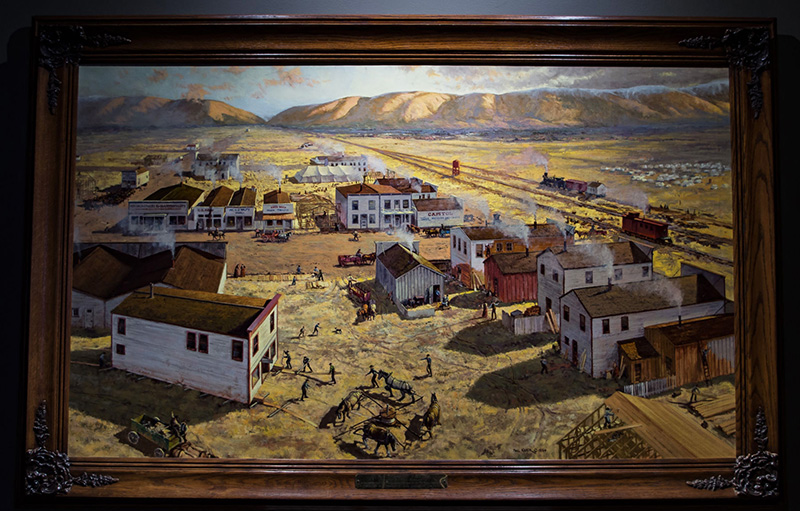
Rail routes were established in the Yakima Valley.
Washington became a state.
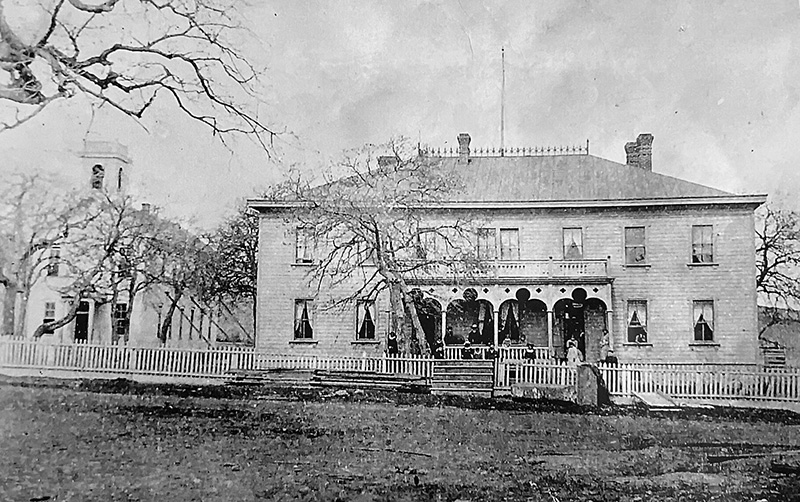
In the winter, several epidemics sickened children and others at Fort Simcoe; five students died.
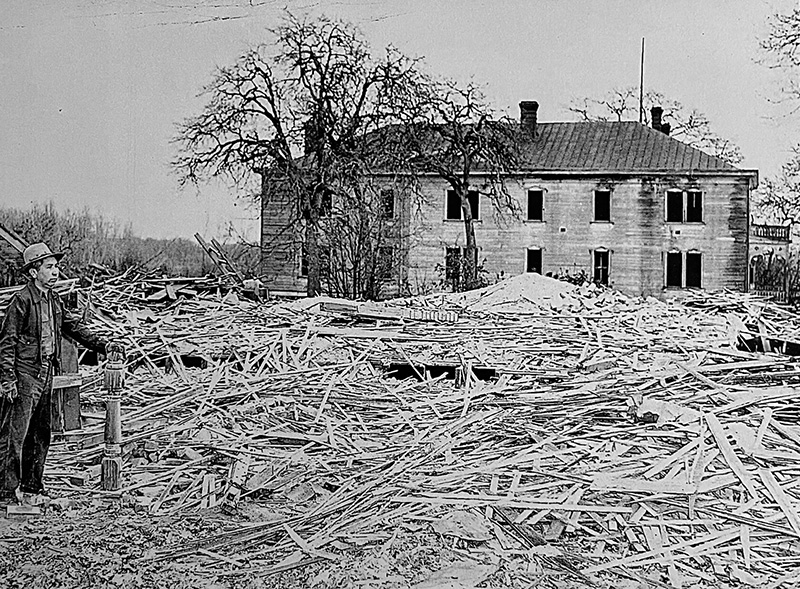
Fort Simcoe boarding school closed.
The Bureau of Indian Affairs moved from Fort Simcoe to a Toppenish location, which later became the Toppenish library.
Native Americans were recognized as citizens of the U.S.
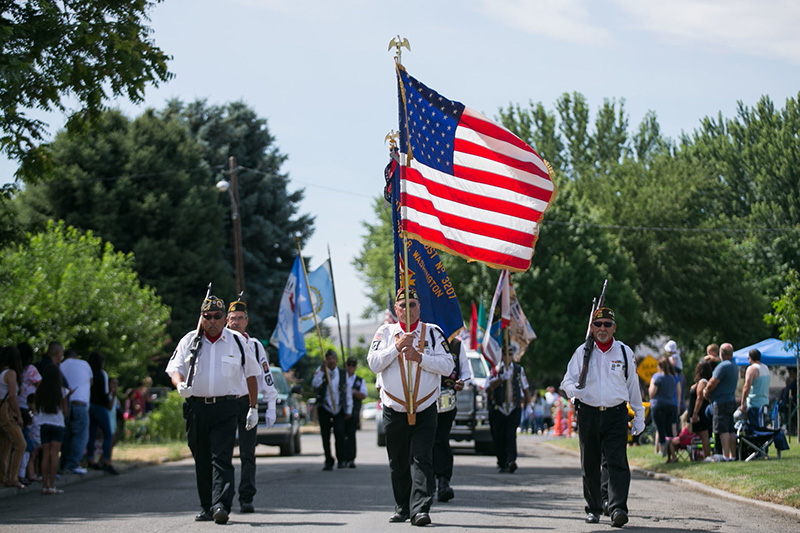
Yakama citizens fought in World War I and II. According to the Gilder Lehrman Institute of American History, more than 11,000 American Indians served with the American forces during World War I. Of those men, approximately 6,500 were drafted — despite the fact that almost half of Native Americans were not citizens and therefore not eligible for conscription.
In WWII, of the 350,000 Native Americans living in the country at the time, nearly 45,000 of them enlisted in the Armed Forces, making them the demographic with the highest rate of voluntary enlistment in the military throughout the entire war.
The Yakama granted Washington State Parks use of Fort Simcoe in a 99-year lease for preservation as a historic monument.
The first national day of awareness for missing and murdered Native women and girls.
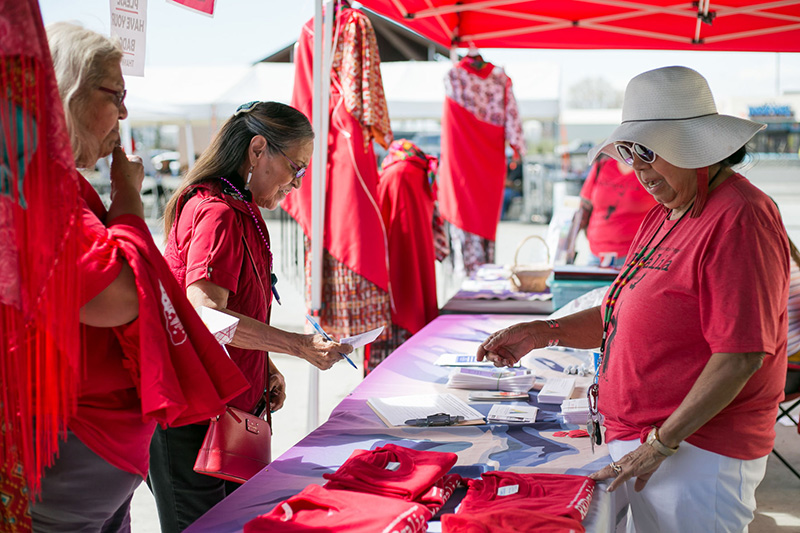
The Yakama Nation Victim Resource Program REDgalia campaign and others held a rally and walk in Toppenish. REDgalia PP (Read-Only)
Operation Lady Justice was launched by the Presidential Task Force on Missing and Murdered American Indians and Alaska Natives to focus the criminal justice system on missing and murdered people.
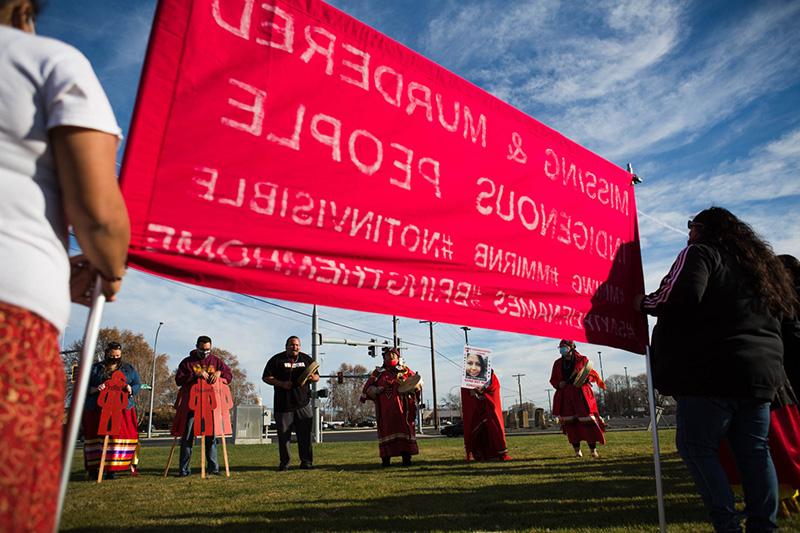
Washington State Missing and Murdered Indigenous Task Force had its first meeting in Toppenish.








